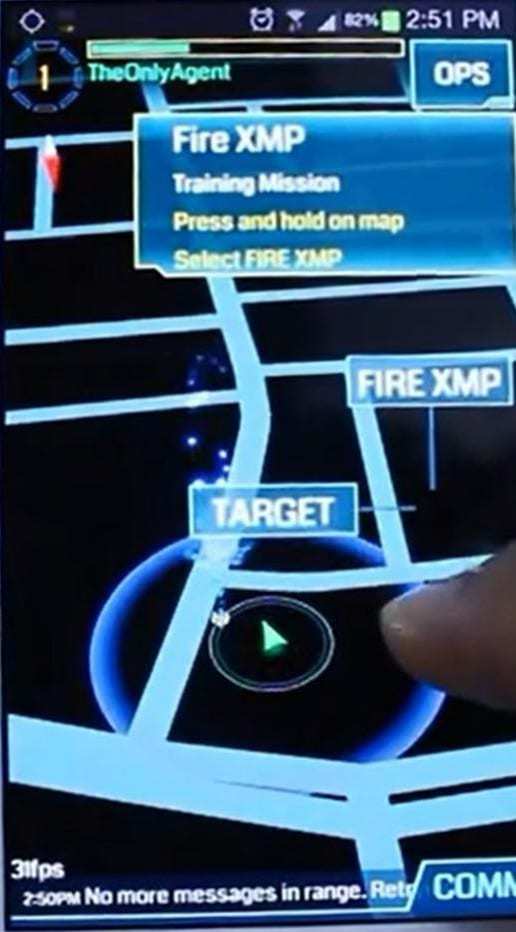Next year, the highly popular mobile gaming experience will be available to iPhone users.
An augmented reality game from Google, called Ingress, will no longer be exclusive to Android device users, next year, say the latest reports, as a new version of the game will be released for iOS users.
The game allows people from two teams try to capture various “portals” (physical locations).
The purpose is to be able to capture this territory in the real world in order to be able to enclose the various areas and claim it for their own teams. This augmented reality mobile game comes from the Niantic Labs at Google. It has been working on an iPhone friendly version, which they will be releasing in 2014.
 The original Android augmented reality game was originally launched in closed beta about a year ago.
The original Android augmented reality game was originally launched in closed beta about a year ago.
Since that time, work has continually progressed to improve the augmented reality experience, having been gradually updated with fixes for bugs and with newly added features. Until now, there has not been a version that could be used by iPhone owners, despite the fact that Google has a typical tendency to support the iOS operating system from Apple.
According to Brandon Badger, the product manager for Ingress, this Ingress limitation will change next year, when Google releases the game for iOS. This will mean that iPhone users will be able to enjoy the same experience that has become rampant among many Android users over the last year.
The point to Ingress is that when players first download the app, they join one of two available teams. The teams are the Enlightened and the Resistance. They have since been lightheartedly nicknamed the Frogs and the Smurfs (respectively) as a nod to the colors that represent their teams, which are green and blue. The players then use augmented reality to roam around the actual real world, looking to capture or to defend their “portals”, which are AR locations that are linked to real world points of interest, such as public libraries, squares, statues, and other landmarks. Portals can be linked together to create shapes that will then enclose a large physical space.
